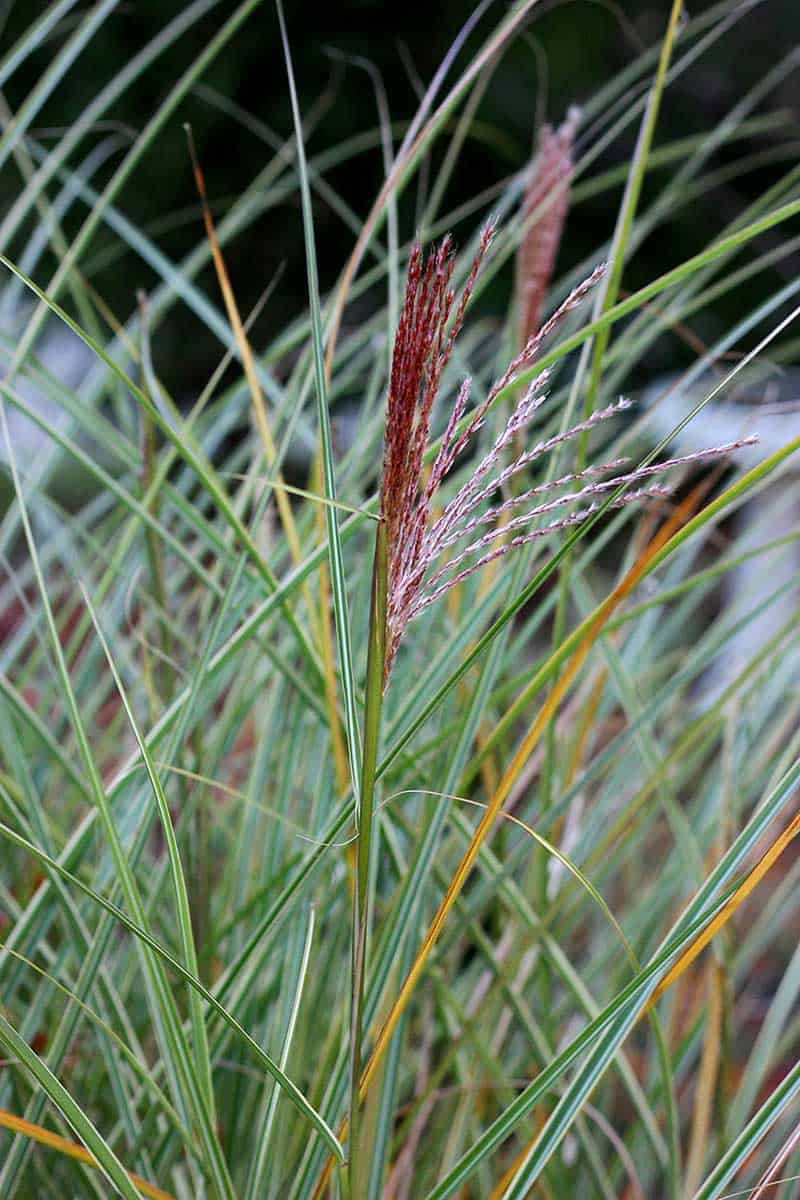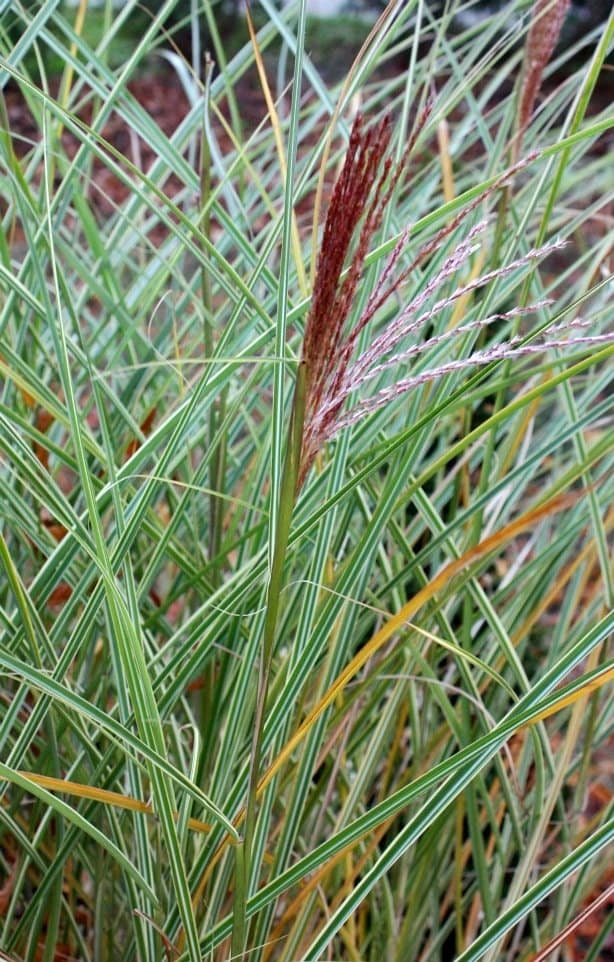Ornamental grasses are beginning to shine as we enter the end of summer. Grasses add much to a garden design — verticality, interesting seedheads, warm colours in autumn and architectural interest in winter — but it’s their gentle swaying in a breeze that draws my eye these days. “Plants That Move” lists several graceful grasses as well as other perennials and shrubs that animate a border.

In defense of lawns….of a certain kind
Lawns — to have one or not — can be a divisive conversation among gardeners, environmentalists, designers and neighbours. On the one hand, an expanse of perfectly manicured turfgrass may be visually appealing, but it’s also a vulnerable monoculture that requires regular irrigation, weed management and supplemental feeding. But replacing a lawn with a meadow or a tapestry of groundcovers means reduced space for pets and children to play, and no visual contrast between a lawn and the borders and woodland that frame it.
“In Defence of the Lawn,” a recent article in The American Gardener magazine, author Marianne Willburn makes the case for a middle ground: an expanse of green, mown high, that may include turfgrass, but has a high proportion of other species that remain green even during droughts, requires no feeding, can be walked upon and offers plant diversity.
Whether one considers these diverse plants “weeds” depends on your perspective. I don’t call the clover and violets in our back lawn weeds, and I also don’t worry too much about the dandelions, plantain and other opportunists out there competing with each other. They attract pollinators and fill the spaces where turfgrasses struggle. I will admit to cursing creeping Charlie (Glechoma hederacea), mainly because it quickly invades the perennial beds if I turn my back on it.
What we have is “sort of a lawn,” a flat green space that works for our purposes, sets off the perennial and shrub beds, and doesn’t require frequent inputs of herbicides, water and fertilizer. I think the author makes a strong case for this type of lawn when a flat green expanse is desired, and a meadow or more perennial beds aren’t practical.
Why is viburnum fruit shiny blue?
If this is a question you’ve asked yourself (of course you have), here’s the fascinating answer. A paper published by the University of Bristol in England explains that the gleam on blue fruit, such as blueberries and viburnum berries, is because “the plant’s cells create thin slabs of fat arranged in a stack, like the flakes of puff pastry, and their peculiar gleam is the result.” It’s also what makes these blue fruits so appealing to birds, scientists say, because the colour signals that the fruit is nutritious and and worth eating.
Mid-term report
In earlier newsletters, I’ve written about the dahlias, tomatoes and container plants I’m growing this year. In the interest of transparency, here’s a mid-term report on how things stand. It’s important to know that even keen, experienced gardeners have disappointments and failures, as well as successes. Naturally, these are ancedotal observations, and you may have had different results with exactly the same plants.
• Of the 15 tomato varieties in raised beds and containers, these have been stellar: ‘Fence Row Cherry’ (early, prolific, ping pong-size fruit); ‘Cuban Yellow Grape’ (abundant, teeny tiny nuggets of sweetness); ‘Jubilee Large’ (beautiful yellow slicer with bright tomato flavour); ‘Bola’ (highly productive plant with medium-size delicious red fruit); ‘Uluru Ochre’ (chosen for its weird muddy green colour, but the flavour is outstanding); and ‘Sun Gold’ (grown every year because I consider it a dependable golden cherry tomato and it’s always the first plant to produce ripe fruit).
• ‘Angel Wings’ senecio started off strong, but has been disappointing with floppy foliage rotting off at the base. Too humid? Too much water? Who knows?
• When will I ever learn that ‘Black and Blue’ salvias and their relations will take over when growing in a container with other plants? The large pots of yellow lantana and deep purple and white mini-petunias and callibrachoas are now huddling under a huge canopy of gangly purple salvia plants. Oh well, the hummingbirds are happy.
• Pentas is an underrated annual. Its blooms and foliage look as perky and fresh today as the day it came home from the greenhouse — something that can’t be said for every annual in mid-August.
• Japanese beetles have shredded the petals on most of the dahlias. I now refer to these dahlias as my new, fancy fringed varieties.









